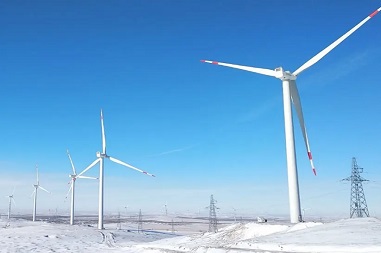Concrete towers, as an emerging technology, offer advantages such as low cost and structural stability. This article will delve into the advantages of concrete towers, future development, and application prospects, aiming to provide strong support for the sustainable development of the wind power industry.
Structural Stability:
Concrete has high compressive strength and durability, capable of withstanding extreme weather conditions. Over long-term use, the structural stability of concrete towers is superior, with less likelihood of deformation, cracking, and other structural issues.
Abundant Land Utilization:
The foundational structure of concrete towers is relatively compact, resulting in lower dependence on land resources. In areas with abundant land, adopting concrete towers can fully utilize the space and reduce overall land costs.
Environmentally Friendly:
Concrete, being an inorganic material, has minimal environmental impact. Compared to steel structure towers, concrete towers generate less waste and pollution during manufacturing, better aligning with environmental protection requirements.
In the future, the performance of concrete towers will be further enhanced. Through the development and application of new materials and construction techniques, the strength, durability, and corrosion resistance of concrete will improve to meet the higher demands of megawatt-scale turbines on tower structures. Additionally, the integration of intelligent manufacturing technologies will further optimize production processes, boosting both efficiency and quality.
Under growing environmental pressure, green and sustainable development will become a key direction for concrete towers. Efforts will focus on improving the environmental performance of concrete, such as incorporating recycled aggregates and using industrial waste gases during curing to reduce energy consumption and pollution. The development of low-carbon, recyclable concrete materials will also be an important focus.
With ongoing advances in intelligent and digital technologies, their application in the production of concrete towers will continue to expand. Intelligent production lines and digital management systems can enable automated monitoring and intelligent control of the manufacturing process, enhancing both productivity and quality. Digital technology can also be applied to wind farm operations and maintenance, improving operational efficiency and safety.
As the wind power industry grows rapidly and environmental regulations tighten, market demand for concrete towers will continue to increase. Beyond traditional onshore wind farms, the construction of offshore wind farms will become an important application area for concrete towers. Moreover, as urban wind energy applications rise, low-height, small-scale concrete towers will be increasingly used on rooftops, streetlights, and other urban infrastructure.
